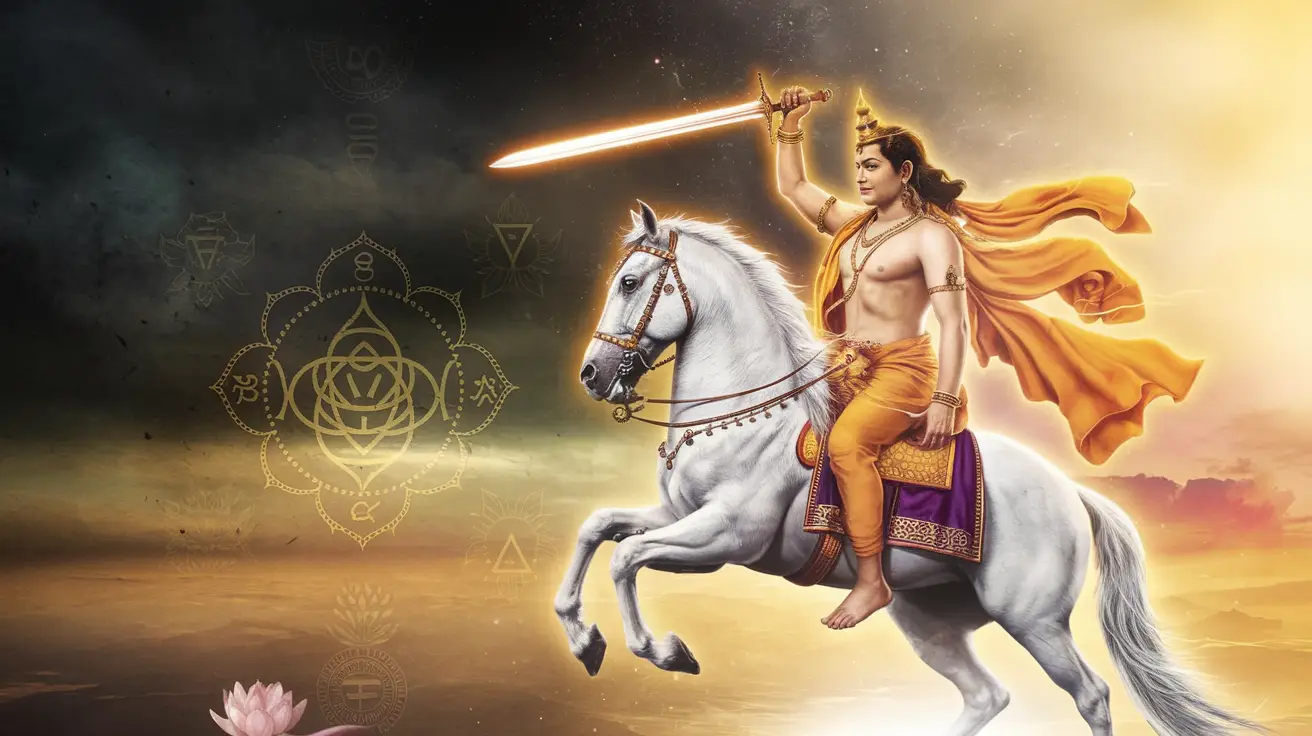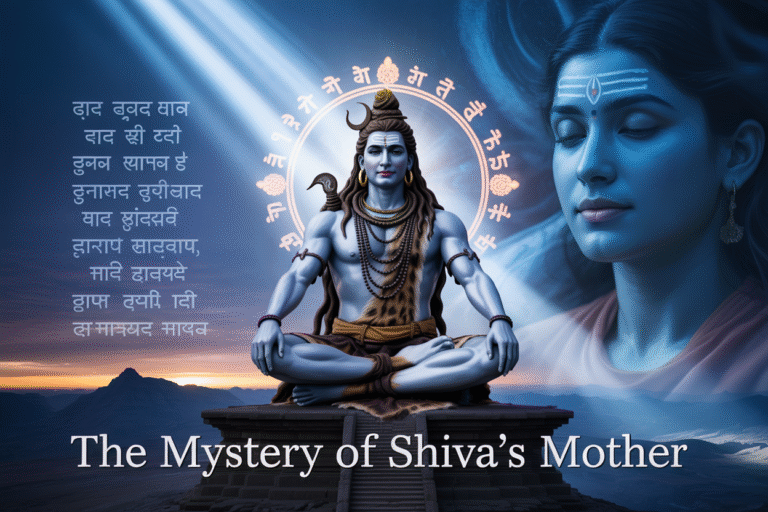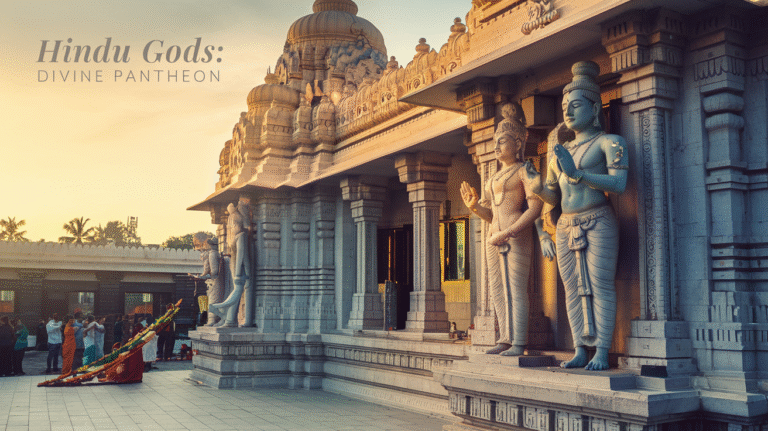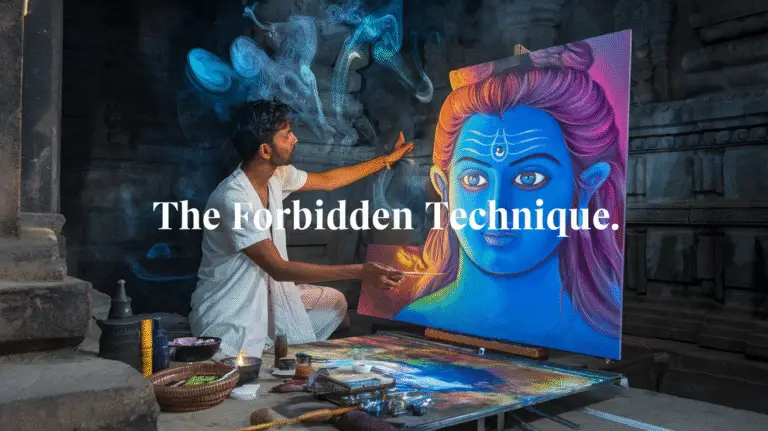The Kalki Avatar Conspiracy : What They Don’t Want You to Know!
Why Kalki Avatar Might Not Be What You Think
In Hindu mythology, the Kalki Avatar is often depicted as a warrior on a white horse, wielding a blazing sword and bringing an end to the dark age of Kali Yuga. But what if this anticipated savior isn’t quite what we’ve been led to believe? As corruption and moral decay seemingly intensify in our world, many await a divine intervention—a cosmic reset button. Yet the true nature and purpose of Kalki might be far more nuanced than the literal interpretation many hold.
Beyond the prophecies and timelines found in ancient texts like the Kalki Purana lies a deeper symbolism worth exploring. Is Kalki merely a future figure to passively await, or could this final avatar of Vishnu represent something more immediate and personal? 🤔 As we journey through the origins of this prophecy, examine the predicted appearance, and explore interpretations beyond the literal, we’ll discover how the concept of Kalki remains surprisingly relevant in addressing today’s global challenges—not just as a distant hope, but as a call to personal transformation and responsibility.
The Origins of Kalki Avatar in Hindu Mythology

Vishnu’s incarnations and the Dashavatara concept
Think Kalki Avatar is just another Hindu deity? Think again.
Kalki represents the tenth and final incarnation of Lord Vishnu in the Dashavatara concept—a cosmic cycle where Vishnu descends to Earth to restore dharma (righteousness). Each avatar appears when evil threatens the cosmic balance.
The nine previous avatars include Matsya (fish), Kurma (tortoise), Varaha (boar), Narasimha (half-man, half-lion), Vamana (dwarf), Parashurama (warrior with axe), Rama (perfect king), Krishna (divine diplomat), and some traditions include Buddha as the ninth.
Unlike the previous incarnations who have already manifested, Kalki Avatar is prophesied to appear at the end of Kali Yuga—our current age of darkness and moral decline.
The curse of Sage Bhrigu as the catalyst for avatars
Ever wondered why Vishnu takes these earthly forms in the first place?
Many Hindu texts trace it back to Sage Bhrigu’s curse. The story goes that the hot-tempered sage once visited Vaikuntha (Vishnu’s abode) and felt insulted when Vishnu didn’t immediately acknowledge him. In his anger, Bhrigu kicked Vishnu in the chest—the very place where goddess Lakshmi resides.
This curse compelled Vishnu to experience separation from his beloved Lakshmi through multiple births on Earth. Each avatar serves a divine purpose while also fulfilling this ancient curse.
Detailed prophecies from the Kalki Purana
The Kalki Purana doesn’t hold back on specifics about this future savior:
- Born to Vishnuyasha (a Brahmin) and Sumati in the village of Shambhala
- Appears at the end of Kali Yuga when dharma has declined to just 1/4 of its original strength
- Rides a white horse named Devadatta
- Wields a blazing sword to end wickedness
- Will defeat the ruler Kali (personification of the age, not the goddess)
- Reestablishes Satya Yuga (Age of Truth)
What’s fascinating is how these prophecies mix literal and symbolic elements, leaving room for both traditional and contemporary interpretations of who or what Kalki Avatar truly represents.
Understanding Kalki’s Predicted Appearance
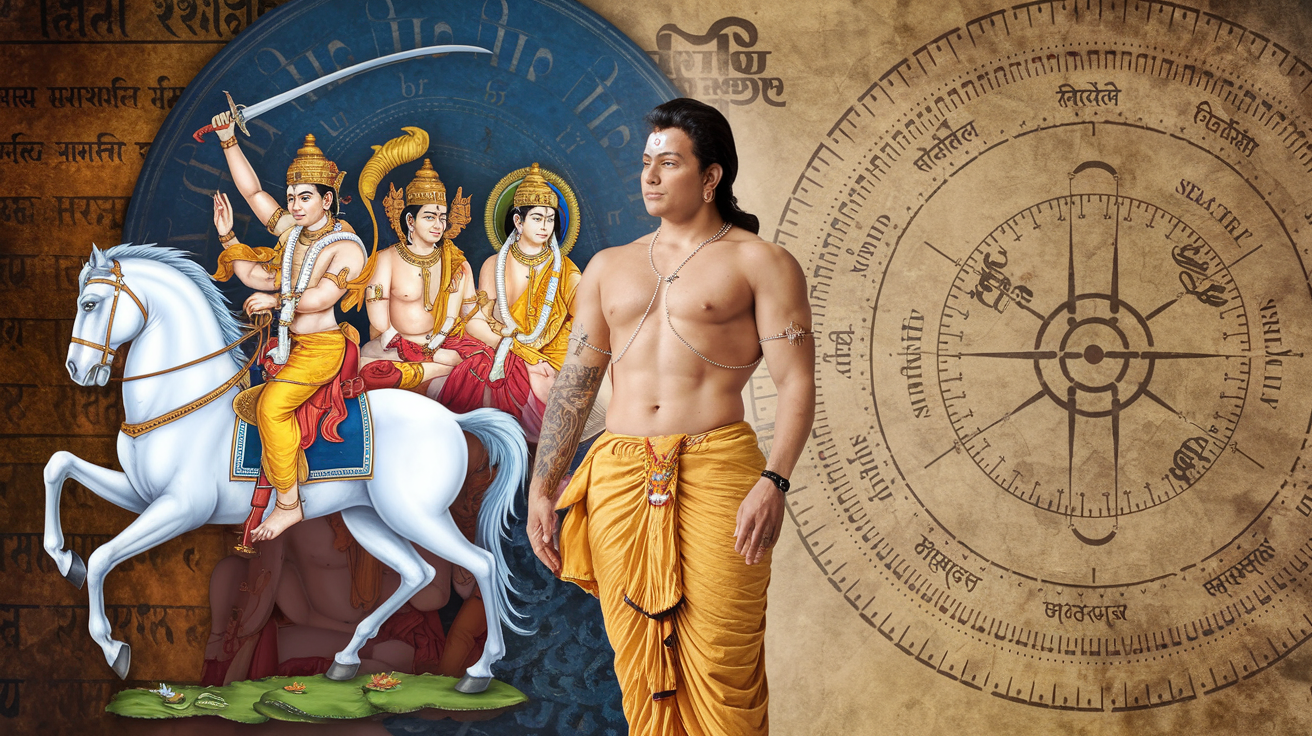
A. Born to Brahmin Vishnuyasha in Sambhal
The Kalki Avatar prophecy is surprisingly specific about his birth details. According to ancient Hindu texts like the Kalki Purana, the final incarnation of Vishnu will be born to a Brahmin named Vishnuyasha in a place called Sambhal (in modern-day Uttar Pradesh).
Think about it – most Hindu texts rarely pinpoint exact birthplaces, yet for Kalki, they’re oddly precise. This specificity has made countless devotees watch this small town for centuries, wondering when the divine savior will appear.
What’s fascinating is how this birthplace prediction connects to Kalki’s mission. Sambhal, situated near the Himalayas, symbolizes purity and spiritual elevation – the perfect starting point for someone tasked with cleansing the world of corruption.
B. Symbolism of the white horse and blazing sword
The iconic image of Kalki Avatar shows him riding a magnificent white horse named Devadatta while wielding a blazing sword. But these aren’t just cool accessories.
The white horse represents purity, power, and speed – qualities needed to sweep across a corrupted world at the end of Kali Yuga. It’s not just transportation; it’s a statement that Kalki brings swift justice.
His blazing sword? That’s divine discernment cutting through illusion. In a world drowning in falsehoods, Kalki’s sword symbolizes the sharp clarity that separates truth from deception. When people say “Kalki Avatar Hindu mythology,” they’re often picturing this dramatic scene.
C. The seven immortals who accompany Kalki
Kalki doesn’t come alone to tackle the end-times. He brings backup – seven immortal companions known as the Saptarishi (seven sages) who have secretly guided humanity throughout the ages.
These include figures like Parashurama (the axe-wielding sixth avatar of Vishnu) and the sage Vyasa (compiler of the Vedas). Some texts even mention Hanuman joining this divine squad.
Why seven companions? Because in Hindu cosmology, seven represents completeness. These immortals bring wisdom from every era of human existence, making them the perfect team to assist in establishing the new age of truth.
The Cosmic Timing of Kalki’s Arrival

The conclusion of Kali Yuga as the trigger point
Ever wondered why Kalki hasn’t shown up yet? Timing is everything. According to Hindu scriptures, Kalki Avatar won’t make a casual appearance on a random Tuesday. The cosmic clock needs to hit precisely the end of Kali Yuga – our current age of darkness and moral decay.
Think of it as a divine alarm clock set to ring only when humanity hits rock bottom. The Puranas describe how Kalki waits for that moment when dharma stands at just one-quarter of its full strength. Not a moment sooner, not a moment later.
Specific astrological events marking the appearance
The sky itself will announce Kalki’s arrival. Ancient texts point to specific celestial alignments:
- The sun and moon will simultaneously appear in the Pushya constellation
- Seven planets will align in their highest positions
- Jupiter and Saturn will meet in a rare conjunction
These aren’t just pretty lights in the sky – they’re cosmic signposts. When astrologers spot these configurations, it’s go-time for Kalki.
Transition from moral decay to Satya Yuga’s purity
Kalki Avatar doesn’t just show up to punish – he comes to transform. Picture this: a world drowning in chaos suddenly pulled back from the edge. When Kalki finishes his work, Kali Yuga doesn’t just end – Satya Yuga begins.
This golden age flip isn’t instantaneous. Hindu mythology describes a cleansing period where Kalki’s sword removes adharma, creating space for truth to flourish again. It’s less apocalypse and more cosmic reset button – not ending the world but refreshing it to its original, pure state.
Interpretations Beyond the Literal

A. Kalki as a metaphor for inner spiritual awakening
What if the Kalki Avatar isn’t actually about a sword-wielding warrior on a white horse? Many spiritual thinkers believe Kalki represents something far more personal.
Think about it – the prophecy speaks of Kalki appearing when dharma has declined and adharma rules. But maybe this battle isn’t happening out there in the world, but inside each of us.
This interpretation sees Kalki as the awakening of divine consciousness within you. Your inner light cutting through the darkness of ignorance, just like Kalki’s sword cuts through evil. When your spiritual awareness rises, isn’t that the true “end of Kali Yuga” in your personal universe?
B. The avatar as a symbol of hope and cosmic justice
The Kalki Avatar prophecy has sustained Hindus through centuries of hardship. Why? Because it promises something we all crave – that in the end, goodness wins.
When societies face corruption, environmental destruction, and moral decay, the Kalki concept offers cosmic reassurance. It’s the ultimate “things will get better” story embedded in Hindu eschatology.
This symbolic view doesn’t diminish Kalki’s importance – it amplifies it. The final incarnation of Vishnu represents the universe’s natural tendency toward balance and renewal.
C. Possibility of manifestation through historical leaders or reformers
Some scholars propose that Kalki may manifest not as a single divine figure but through exceptional humans who drive positive transformation.
History is filled with reformers who embodied Kalki-like qualities:
- Mahatma Gandhi’s non-violent resistance against colonial rule
- B.R. Ambedkar’s fight against caste discrimination
- Environmental activists battling climate change
Maybe Kalki Avatar isn’t waiting to be born – perhaps aspects of this divine energy have already appeared through these changemakers who restore dharma in their own ways.
Kalki’s Relevance in Contemporary Society

Parallels with modern global challenges
Look around. Our world is facing chaos that eerily mirrors what ancient texts described would happen before Kalki Avatar’s arrival. Environmental disasters? Check. Moral decay? Absolutely. Political corruption? Don’t get me started.
The Kalki Avatar prophecy speaks of a time when dharma diminishes and adharma runs rampant. Sound familiar? When scrolling through today’s headlines about climate crisis, economic inequality, and social division, it’s hard not to draw connections to the end of Kali Yuga predictions.
But here’s the thing – maybe we’re missing the point. The symbolic interpretation of Kalki Avatar suggests these parallels aren’t coincidental but cyclical human patterns that repeat throughout history.
Personal responsibility versus waiting for divine intervention
I’ve noticed something interesting among believers in the Kalki Avatar prophecy. There’s this tendency to sit back and say, “Well, things are terrible, but Kalki will come fix everything eventually.”
That’s a cop-out.
The deeper meaning of Hindu eschatology isn’t about waiting for a savior on a white horse. It’s about recognizing our role in restoring balance. The final incarnation of Vishnu might actually represent our collective awakening to responsibility.
When we passively wait for divine intervention, we become part of the problem the avatar needs to solve.
Finding balance and justice in a troubled world
The core message behind Kalki’s appearance predictions isn’t about end times – it’s about renewal.
In our polarized world, the Kalki concept offers something valuable: hope paired with action. Justice doesn’t just arrive; it must be cultivated.
Many spiritual thinkers suggest the modern relevance of Kalki lies in this balance. Rather than a literal warrior deity, perhaps Kalki represents the awakening consciousness within each of us that fights for righteousness.
The symbolic power of Kalki in Hinduism matters now because it reminds us that darkness always precedes dawn. Our challenges aren’t the end – they’re the necessary chaos before renewal.
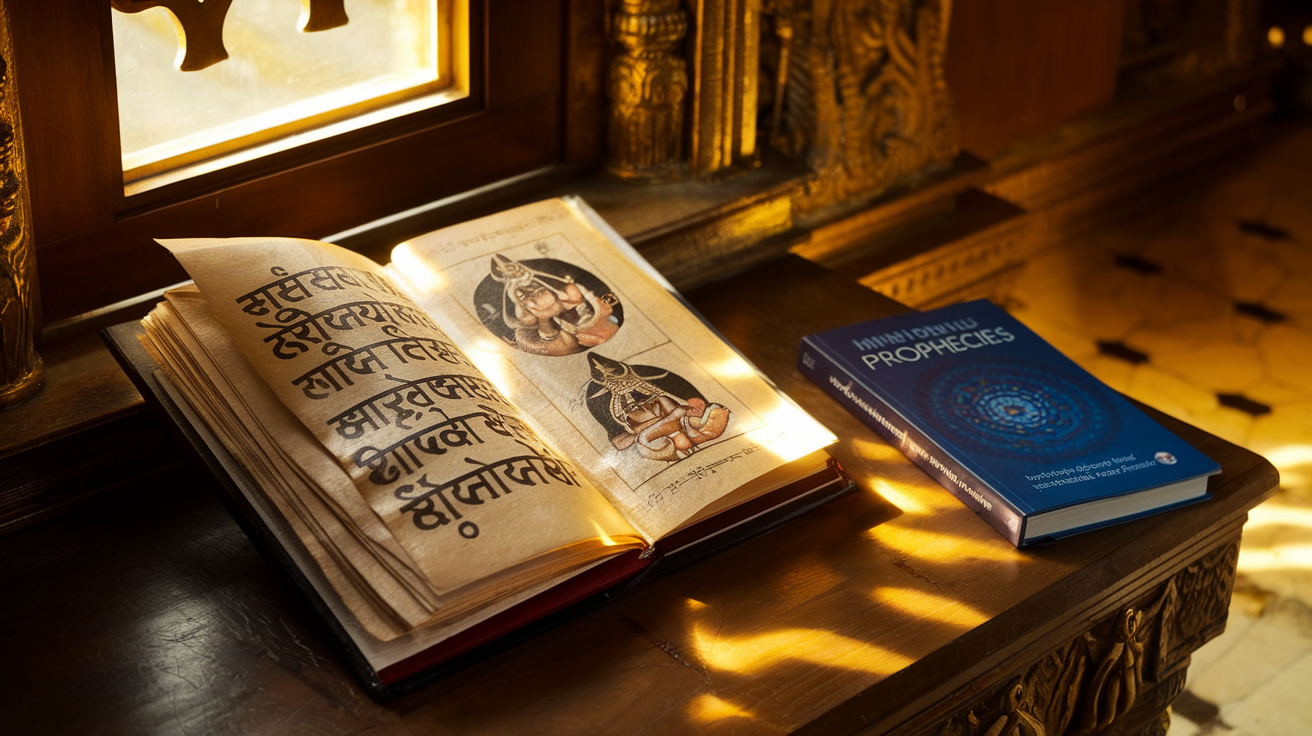
The narrative of Kalki Avatar transcends religious boundaries, inviting us to look beyond literal interpretations. Whether viewed as a divine savior on a white horse, a metaphor for inner transformation, or a symbol of societal renewal, Kalki represents humanity’s enduring hope for balance and justice. This complex figure reminds us that the ancient wisdom of Hindu mythology continues to offer valuable perspectives on contemporary challenges.
As we navigate our own era of moral and environmental concerns, perhaps Kalki’s true significance lies not in awaiting external salvation, but in recognizing our collective responsibility to combat corruption and degradation. The story encourages us to embrace personal awakening and action rather than passive expectation. In this light, we might all participate in Kalki’s mission—creating a more just and balanced world through our choices and commitments today.

